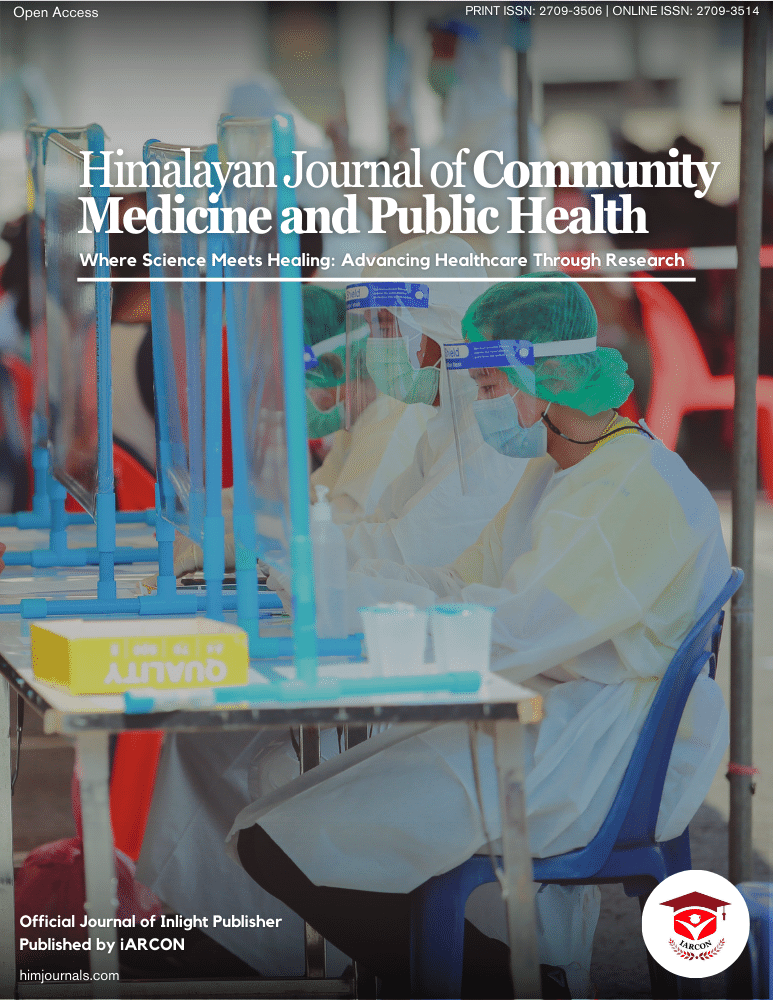With interest we read the article by Piotrowska-Nowak et al. [1] about the influence of haplotypes and single nucleotide polymorphisms (SNPs) of the mitochondrial DNA (mtDNA) on the penetrance of the primary Leber’s hereditary optic neuropathy (LHON) mutation m.11778G>A in MT-ND4 in 47 unrelated Polish male patients. The authors concluded that haplogroup K and several mtDNA SNPs could determine the penetrance of this variant in the investigated cohort [1]. We have the following comments and concerns.
The authors are obviously not convinced about the significance of their results since the conclusions are speculative. The sample size is definitively too small to draw conclusions about the influence of the haplotype or SNPs on the penetrance of the primary LHON mutation m.11778G>A. From 5 patients carrying the haplotype K (11%) it cannot be calculated that haplotype K is responsible for the penetrance of the primary LHON mutation m.11778G>A. Furthermore, the distribution of SNPs in LHON patients and controls is not convincing as a factor determining the m.11778G> penetrance. There was no difference in the number of transitions and transversions between the two groups. The increased number of SNPs in the complex-IV regions in controls argues against causality. One would expect and increased number of SNPs in the patient group. Additionally, one would rather expect and increased number of SNPs in complex-1 regions but not complex-IV regions.
We do not agree with the statement that “symptoms in LHON are limited to a single organ” [1]. LHON, like all other mitochondrial disorders (MIDs), is a multisystem disease, either already at onset of the disease or becomes a multisystem condition during the disease course. Though being a mono-organ condition in the vast majority of the cases at onset, several other organs or tissues become affected in LHON with progression of the disease (LHON plus) [2,3]. Only rarely, is spontaneous recovery of the abnormalities observed [4].
We do not agree with the notion that LHON is the most common MID [1]. The most common of the MIDs are the non-syndromic MIDs. Among the syndromic MIDs the most common is mitochondrial encephalopathy, lactic acidosis and stroke-like episode (MELAS) syndrome. Prevalence figures of syndromic MIDs vary largely between countries and regions.
We also do not agree with the statement that “the optic nerve is the tissue affected in LHON” [1]. The primary site of affection is the retina [5] where the primary pathophysiologic processes occur in the retinal ganglion cells (RGCs). Their neurites are secondarily affected leading degeneration and thus secondary optic atrophy [5].
Unclear remains if all 47 included patients also manifested clinically or were asymptomatic carriers of the m.11778G>A variant. It is also unclear how many of the included patients received idebenone or not.
Overall, the study has a number of shortcomings which need to be addressed before drawing final conclusions. The authors could not unequivocally demonstrate that haplotypes or mtDNA SNPs significantly influence the penetrance of the m.11778G>A variant. Since the vast majority of the respiratory chain complex-1 (RCC-1) subunits are nuclearly encoded, it is more likely that SNPs in nDNA genes encoding RCC-1 subunits than mtDNA SNPs influence the penetrance of the m.11778G>A variant. Warranted are more in-depth studies on the function of RCC-1 subunits and how the nuclear background influences the penetrance of mtDNA variants.

